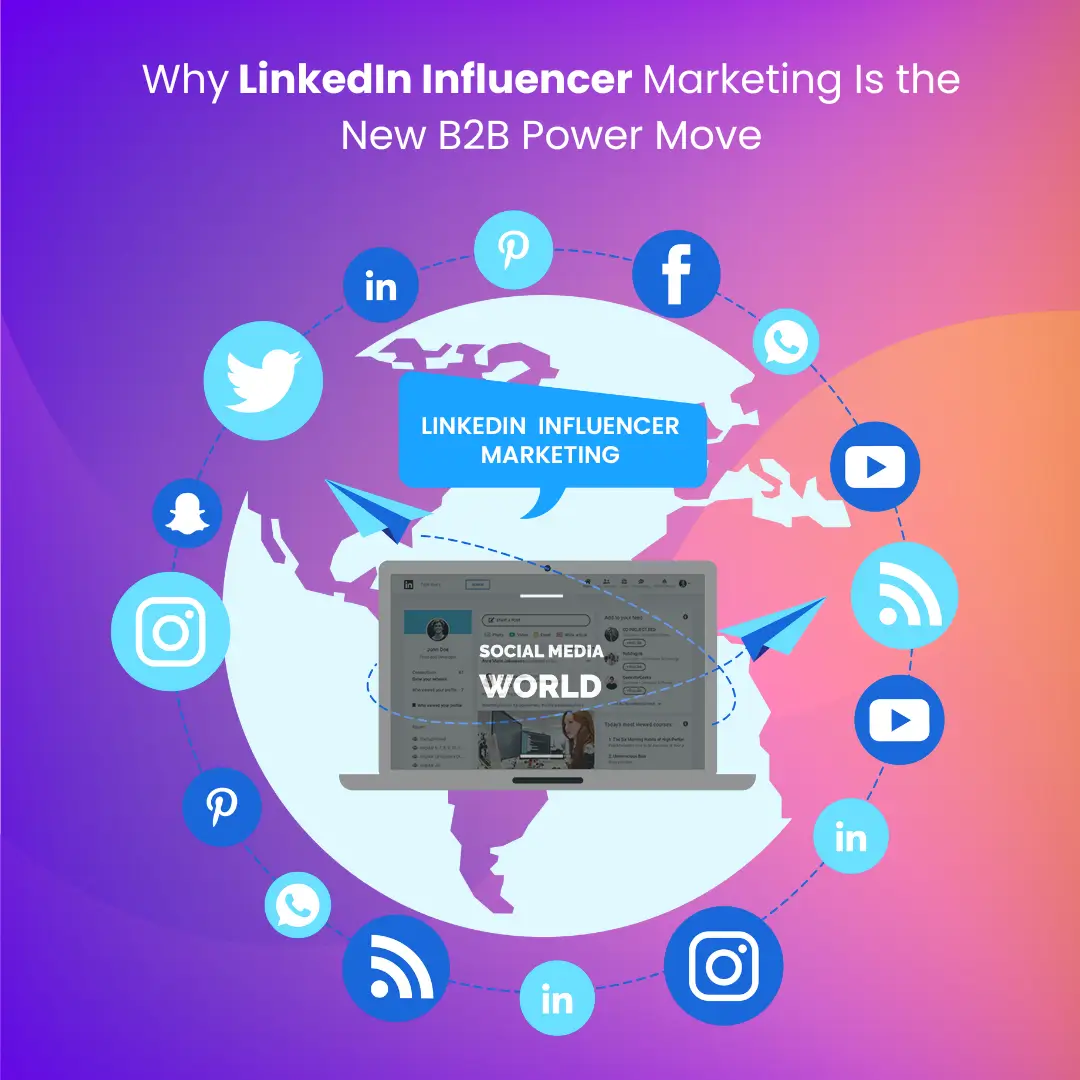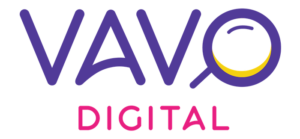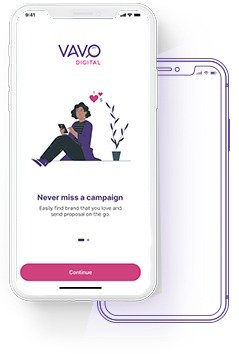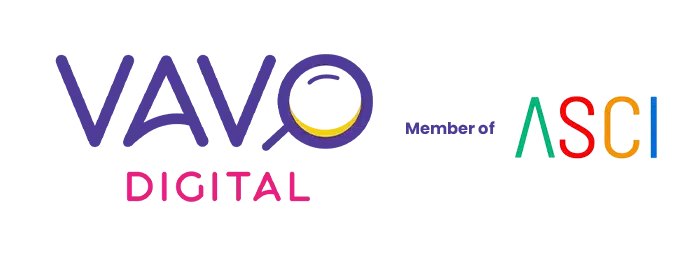
Why LinkedIn Influencer Marketing Is the New B2B Power Move
In the evolving landscape of B2B marketing, traditional strategies are giving way to more authentic, relationship-driven approaches. One such approach gaining significant traction is LinkedIn influencer marketing. This method leverages the credibility and reach of industry experts to connect with professional audiences in meaningful ways. Let’s explore why LinkedIn influencer marketing has become a pivotal strategy for B2B brands.
The Evolution of LinkedIn: From Networking to Influence
LinkedIn has transformed from a mere professional networking site into a dynamic platform where thought leadership and content creation thrive. With over 1 billion users, the platform has seen a surge in content creation, particularly from influencers who share insights, experiences, and industry knowledge. This shift has opened new avenues for B2B brands to engage with their target audiences through trusted voices.
Why LinkedIn Influencer Marketing Works for B2B
1. Access to a Professional Audience
LinkedIn’s user base primarily consists of professionals, decision-makers, and industry leaders. Collaborating with influencers on this platform ensures that your message reaches an audience that is relevant and engaged in your industry.
2. Enhanced Credibility and Trust
Influencers on LinkedIn are often recognized experts in their fields. Their endorsement of your brand or product lends credibility and builds trust among their followers, which is crucial in B2B transactions where relationships and reputation matter.
3. Targeted and Relevant Content
LinkedIn influencers create content that resonates with specific industries and professional interests. By partnering with them, B2B brands can deliver tailored messages that address the unique challenges and needs of their target audience.
Strategies for Effective LinkedIn Influencer Marketing
1. Identify the Right Influencers
Focus on influencers who align with your industry, brand values, and target audience. Their expertise and audience demographics should complement your marketing objectives.
2. Foster Authentic Partnerships
Encourage influencers to share genuine experiences and insights related to your brand. Authenticity resonates with audiences and fosters deeper engagement.
3. Leverage Diverse Content Formats
Utilize various content formats such as articles, videos, webinars, and live sessions to showcase your collaboration.Different formats can cater to diverse audience preferences and increase reach.
4. Measure and Optimize Performance
Track key performance indicators like engagement rates, lead generation, and conversion metrics to assess the effectiveness of your influencer campaigns. Use these insights to refine your strategy.
The Future of B2B Marketing on LinkedIn
As the digital world grows noisier, attention spans shorter, and skepticism toward traditional ads stronger, LinkedIn is emerging as a critical channel for B2B marketers—and influencer marketing is becoming its secret weapon.
LinkedIn isn’t just a resume hub anymore. It’s a professional ecosystem where people go to learn, connect, and grow. What makes it unique is the intent of its users. Unlike other social platforms, people come to LinkedIn with a purpose: to discover new ideas, follow industry trends, and build professional relationships. This mindset creates the perfect backdrop for influencer marketing to thrive in a B2B setting.
1. Rise of the Professional Creator
LinkedIn has been actively investing in its Creator Accelerator Program and other initiatives to encourage content creation. As a result, we’re seeing the rise of a new wave of “professional influencers”—thought leaders, subject matter experts, and niche specialists—who consistently share valuable insights. These creators aren’t just talking at their audience; they’re starting conversations, building communities, and offering real value.
In B2B, where trust and expertise are everything, this kind of influence is incredibly powerful. The future of B2B marketing lies in leveraging these creators as partners, not just amplifiers.
2. Shifting From Transactional to Relational Marketing
Traditionally, B2B marketing has been driven by logic, features, and ROI calculators. While that still holds some weight, the future is tilting toward relationship-first marketing—where people choose to work with brands they trust and identify with.
LinkedIn influencers help bridge this gap by putting a human face to your brand. Whether it’s a product walkthrough, a commentary on industry trends, or an honest review, the message lands better when it comes from a voice that people already follow and respect.
Expect to see more B2B companies building long-term relationships with influencers, similar to ambassador programs in B2C.
3. Content That Educates, Not Just Sells
One big reason influencer marketing is working so well on LinkedIn is because it aligns with the platform’s culture of value-driven content. B2B buyers don’t want fluff—they want information that helps them solve problems, stay ahead of trends, or make smarter decisions.
The future will see B2B influencers creating content like:
- LinkedIn Lives with product demos or expert panels
- Deep-dive LinkedIn articles and newsletters
- Personal storytelling posts that connect emotion to business decisions
- Short-form video explainers on complex topics
This shift benefits both parties: creators earn trust and grow their audience, while brands reach new prospects in a way that feels organic, not forced.
4. AI, Data, and Smarter Collaboration Tools
As LinkedIn rolls out more advanced tools—like AI-driven content suggestions, improved analytics, and collaborative post features—brands and influencers will have smarter ways to co-create content and measure impact.
We’re heading toward a future where LinkedIn influencer campaigns won’t just be about vanity metrics like impressions or likes. They’ll be optimized for tangible outcomes: lead quality, sales pipeline influence, demo bookings, and brand lift among key accounts.
Expect B2B marketers to get much more data-savvy in how they work with influencers, bringing the same rigor to these partnerships as they do to demand-gen or ABM programs.
5. Niche is the New Big
In the B2B space, micro and nano-influencers are going to lead the charge. These are professionals with smaller but highly engaged communities. Think: a cybersecurity consultant with 7,000 followers, or a procurement expert followed by 2,000 decision-makers.
They may not have huge followings, but their influence is razor-focused and trusted. For B2B companies, this means the future isn’t about finding the loudest voice, but the right voice—someone who knows your space, understands your buyer’s challenges, and can speak their language authentically.
So, What Should B2B Brands Do Next?
If you’re a B2B brand looking to future-proof your marketing strategy, now’s the time to:
- Identify rising creators in your space—before they’re out of reach
- Start engaging with them organically (comment, share, collaborate)
- Prioritize long-term partnerships over one-off campaigns
- Co-create content that educates and inspires, not just promotes
- Track metrics that matter, like inbound leads, email signups, and conversation quality
Conclusion
LinkedIn influencer marketing represents a powerful strategy for B2B brands aiming to connect with professional audiences authentically. By leveraging the credibility and reach of industry influencers, brands can enhance their visibility, build trust, and drive meaningful business outcomes.




